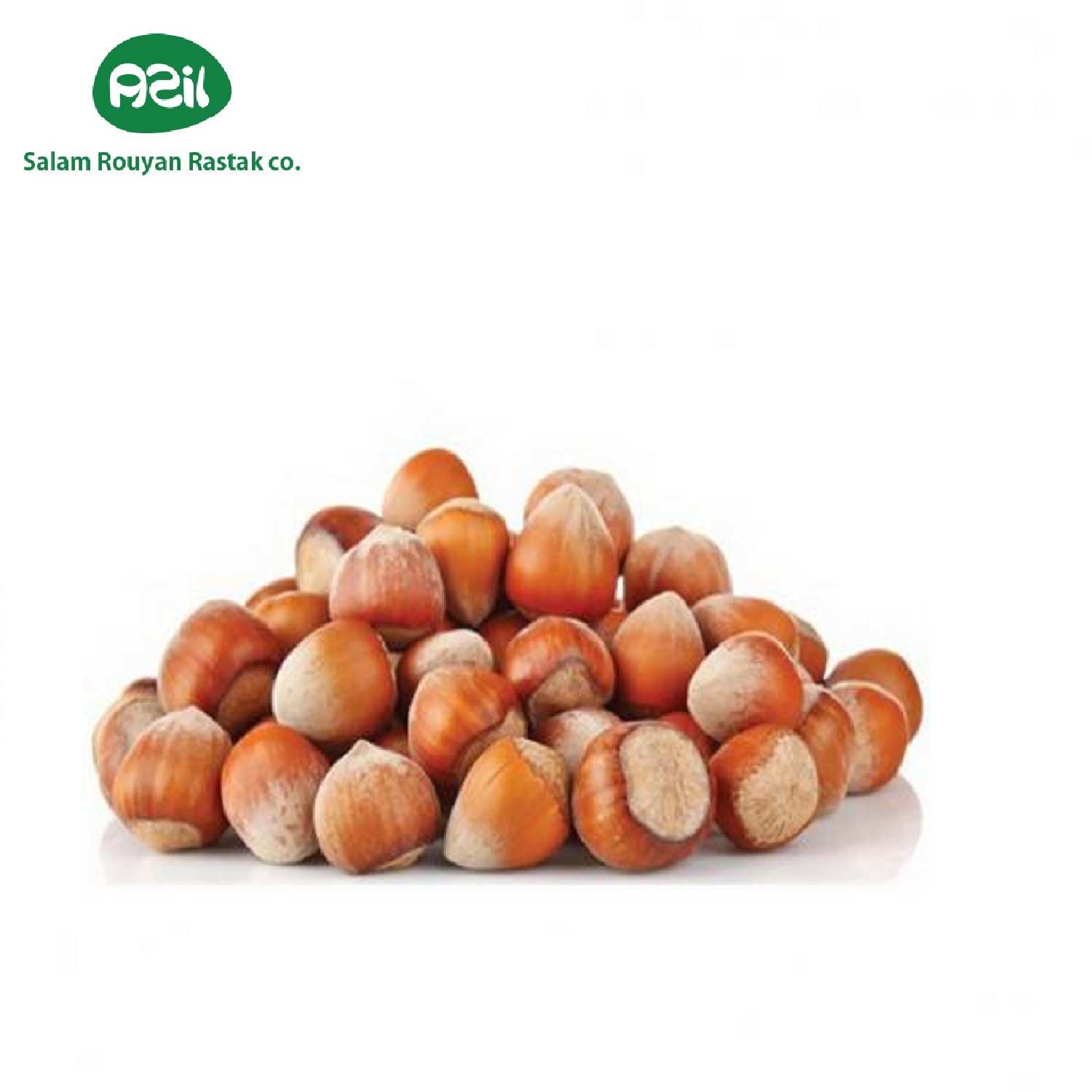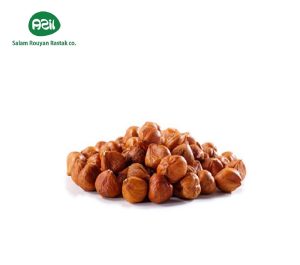Iranian Hazelnuts: A Crunchy Persian Delight
Iranian hazelnuts, with their crisp, nutty taste, are a cherished part of Persian life. Known as “fandogh,” these nuts grow in Iran’s lush north and shine in recipes, traditions, and wellness. For example, the rainy climate of Gilan crafts these tasty gems. This article explores why Iranian hazelnuts are special, how they’re used in cooking, and their health perks. Plus, we’ll look at their cultural value, growing process, and growing global fans. As exporters of saffron, nuts, and more, we share Iran’s finest hazelnuts too. So, discover why these nuts are a big part of Persian heritage, how they add crunch to meals, and why they’re loved worldwide. Join us to uncover this nutty delight and see what makes Iranian hazelnuts a unique treat!
Introduction
Iranian hazelnuts bring a crisp, nutty joy to Persian life. These tasty nuts, called “fandogh” in Persian, grow in Iran’s green north. They’re loved in food, culture, and health. We export saffron, nuts, and hazelnuts too. So, Iranian hazelnuts are part of our story. This article isn’t just about exports—it’s about why they matter in Iran. It covers their uses, benefits, and traditions. Let’s dig into this crunchy tale!
The Roots of Hazelnuts in Iran
Hazelnuts have grown in Iran for ages. They thrive in wet, green areas like Gilan and Mazandaran. Long ago, people ate them for energy and flavor. Today, Iran grows over 25,000 tons a year. Most are enjoyed locally, but some boost exports. For example, farmers pick them fresh and dry them carefully. So, this old nut is a big part of Iran’s past and present.
Why Iranian Hazelnuts Are Special
Iranian hazelnuts stand out for simple reasons. First, the rainy, cool climate makes them crisp and rich. Next, local types have a smooth, nutty taste. Also, they’re often shelled by hand, keeping them perfect. Compared to other nuts, Iranian hazelnuts have a fresh flavor. As a result, they’re a favorite in Persian homes and beyond.
How Hazelnuts Are Grown
Growing hazelnuts is easy but needs care. Here’s how it works:
- Planting: Hazelnut bushes go in wet, fertile soil.
- Growing: They bloom in winter and ripen by summer.
- Harvesting: In late summer, farmers pick the nuts.
- Drying: After picking, they dry in the shade or sun.
- Packing: Finally, they’re ready for kitchens or shipping.
So, this gentle process keeps Iranian hazelnuts crunchy and good.
Hazelnuts in Persian Cooking
Iranian hazelnuts shine in the kitchen. For example, they’re used in ash reshteh—a noodle soup with herbs. They add a crunchy bite. Also, cooks roast them for snacks or sweets. Another fun way? Grind them into spreads for bread. Because of this, hazelnuts are a must in Persian meals.
Health Benefits of Hazelnuts
Hazelnuts are tasty and healthy too. For example, they’re full of good fats for your heart. They also have fiber to help your tummy. Plus, they’re packed with vitamin E and magnesium. Another perk? They have antioxidants to keep you well. So, Iranian hazelnuts are a smart pick in Iran.
Hazelnuts in Persian Culture
Iranian hazelnuts aren’t just food—they’re culture. For instance, they’re shared at gatherings like Chaharshanbe Suri for good luck. Families roast them to enjoy together. Also, old tales say hazelnuts bring energy. Another tradition? Giving them as gifts for joy. Because of this, hazelnuts tie into Iran’s heart.
Hazelnuts and Iran’s Economy
Iranian hazelnuts help the economy too. They bring in cash—tons are sold at home and abroad. Countries like Germany and Russia buy them. Since oil can be tricky, hazelnuts pitch in. They also give jobs to northern farmers. We export saffron, nuts, and hazelnuts too. So, they help Iran grow in trade.
Global Fans of Hazelnuts
People outside Iran love hazelnuts more every day. Why? First, they’re healthy and yummy. Next, they’re great in baking or spreads. Also, some use them for oil or snacks. For instance, folks add them to cakes. Iran keeps up by sharing Iranian hazelnuts with the world. So, their fame is spreading fast.
Challenges with Hazelnuts
Growing hazelnuts can be tough. For example, too much rain can rot the nuts. Then, bugs sometimes eat the bushes. Plus, drying them right takes skill to keep the taste. However, Iran works hard to solve these and keep Iranian hazelnuts top-notch.
Opportunities to Share Hazelnuts
There’s room to do more with hazelnuts. For instance, organic ones could sell big. Also, making hazelnut paste or candy is a neat idea. Another way? Sell them online to reach more folks. We’re all in on these plans. So, we bring Iranian hazelnuts to new fans with fun.
How to Pick the Best Hazelnuts
Want great hazelnuts? Here’s what to look for:
- Feel: They should be hard and full.
- Look: Light brown shells mean they’re fresh.
- Taste: They should be nutty, not stale.
- Source: Get them from us—we promise the best!
This way, you enjoy top Iranian hazelnuts every time.
Hazelnuts Around the World
Iranian hazelnuts spice up food globally. In Iran, they’re in soups and snacks. In Europe, they’re in chocolates or pies. In Asia, folks roast them for tea. For example, you can toss them in granola too. Because of this, hazelnuts bring Persian crunch everywhere.
The Future of Hazelnuts
The future looks good for Iranian hazelnuts. New tricks to fight bugs can grow more. Also, people love crisp, healthy nuts like these. We’re ready to keep sharing awesome hazelnuts, saffron, and more. So, Iran’s nutty delights will stay big for years.
Conclusion
Iranian hazelnuts mix old traditions with new love. People in Iran and beyond enjoy their taste, health perks, and stories. If you’re a cook or just curious, our hazelnuts are for you. We send Iran’s best with care. Want some? Contact us to try these great Iranian hazelnuts. Let’s share this crunchy treat together!


